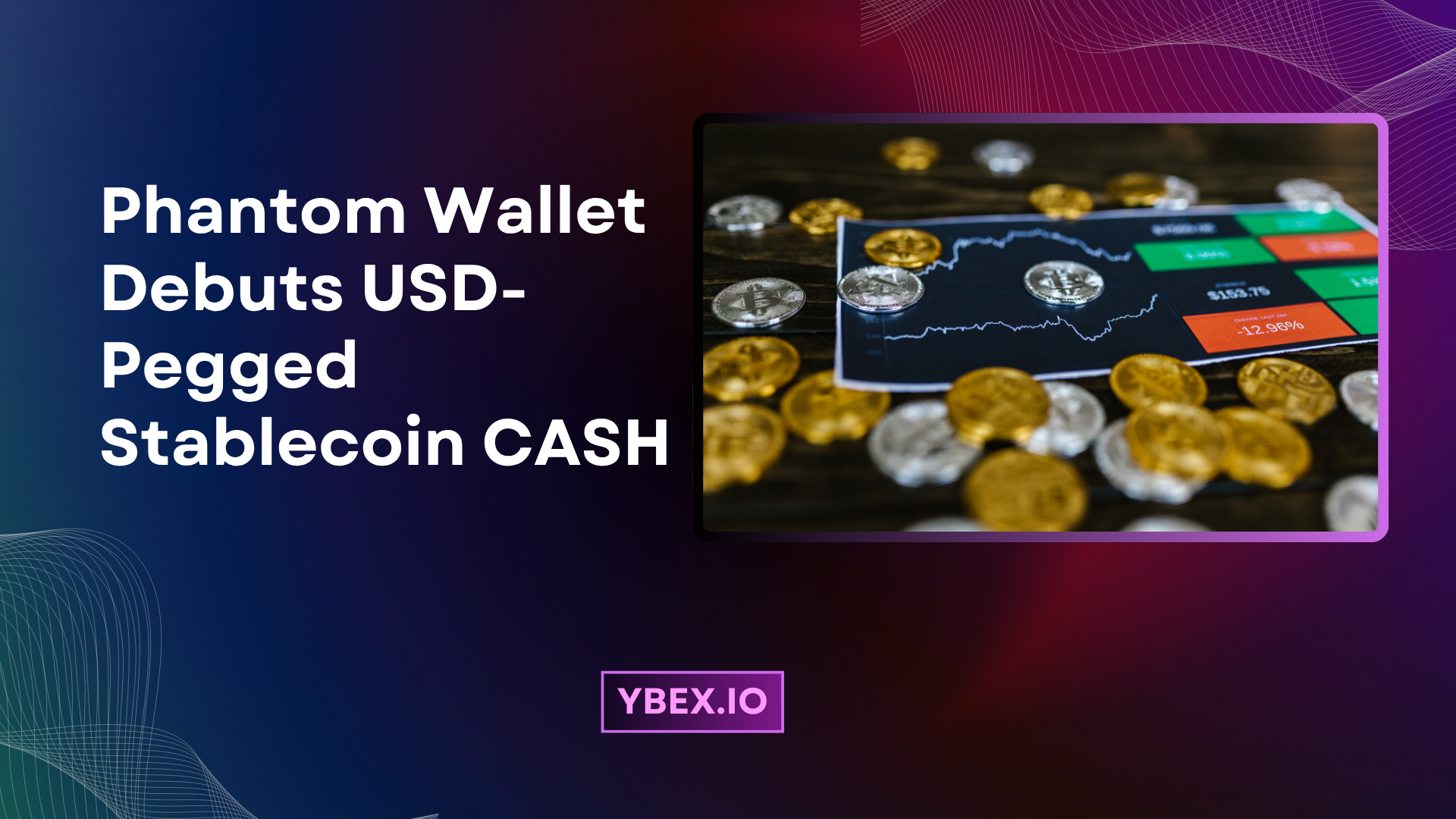
Phantom, the popular non-custodial wallet best known on Solana, just took a major step toward becoming a consumer payments app. On September 30, 2025, the company revealed CASH, a U.S. dollar-pegged stablecoin created using Stripe’s new Open Issuance platform, and announced Phantom Cash — an in-wallet payments experience that will let users top up from bank accounts, send peer-to-peer payments, and spend via Visa on Apple Pay and Google Pay.
This is notable for two reasons. First, a major Web3 wallet is moving beyond key management and dApp access into ordinary payments, blurring the line between crypto wallets and “money apps.” Second, the stablecoin is being issued through Stripe’s Open Issuance (built on Bridge infrastructure), signaling an industry effort to make custom, regulated stablecoins easy for businesses to deploy. Those two trends — wallets as rails and plug-and-play stablecoin issuance — could reshape how everyday users interact with digital dollars.
What Exactly Phantom announced
Phantom’s announcement covers two linked products:
- CASH — A 1:1 USD-backed stablecoin issued via Open Issuance and initially launched on Solana. Phantom describes CASH as an “open-loop” asset meant for both crypto and real-world use, and positioned to be interoperable with other tokens issued through the same Stripe/Bridge infrastructure.
- Phantom Cash — A new consumer payments layer inside the wallet that enables instant top-ups from bank accounts, P2P transfers, Visa debit card issuance and reward programs for holding CASH. Phantom says the product is moving into limited early access ahead of a fuller roll-out planned for October.
Phantom’s marketing emphasizes simplicity: “the power of crypto, the ease of cash,” and pitches the combined offering as a way to make stablecoins useful for day-to-day payments rather than just trading or DeFi.
Where CASH fits in the new stablecoin landscape
Stripe’s Open Issuance platform — built on tech from Bridge, which Stripe acquired earlier in 2025 — is meant to let businesses mint, manage and interoperate stablecoins with minimal engineering work. Phantom’s CASH is one of the first visible real-world deployments of that infrastructure, joining projects like MetaMask’s mUSD and Hyperliquid’s USDH that were announced on the same platform. Open Issuance also ties issuers to a shared liquidity network and reserve partners, which Stripe says will reduce conversion friction between different issuer tokens.
That matters because the stablecoin market has become crowded. New issuances promise more tailored consumer experiences and revenue participation for issuers, but they also raise questions about fragmentation, reserve transparency and regulatory oversight — a dynamic Moody’s and others have warned could lead to a “zero-sum game” among fiat-pegged coins. Phantom’s backers are pitching CASH as interoperable and developer-friendly, but the larger market will watch whether these new issuer tokens add utility without splintering liquidity.
Payments features and user experience
The Phantom Cash product bundles several convenience features aimed at mainstream adoption:
- Instant top-ups from bank cards and transfers so users can load CASH without leaving the app.
- P2P transfers that work inside the Phantom ecosystem.
- Visa debit card issuance — enabling users to spend stablecoins anywhere Visa is accepted (Blockworks reports that the product will support Apple Pay and Google Pay integrations).
- Rewards and yield on holdings, a common tactic to encourage users to keep balances in a specific stablecoin.
Blockworks notes the solution outsources reserve management to institutional partners and uses Lead Bank for liquidity plumbing — arrangements intended to reassure regulators and enterprises that stablecoin reserves are professionally handled. That institutional plumbing is a direct effect of Stripe’s Bridge acquisition and the Open Issuance model.
Why wallets launching payments matters
Wallets historically did one thing very well: secure private keys and provide entry to blockchain apps. Adding a payments experience turns wallets into a more direct competitor to fintech apps and neobanks. For users, that could mean fewer intermediaries between their on-chain assets and everyday spending. For regulators and incumbents, it creates new questions about custody, KYC/AML, and whether wallets that offer fiat rails should follow banking-grade rules.
Phantom’s approach — pairing a wallet front end with a stablecoin issued through a Stripe-backed infrastructure that already works with banks and liquidity providers — is an attempt to square those circles: give a Web3 UX while leveraging regulated partners behind the scenes. Whether that model scales will depend on user trust and regulatory clarity.
The Conclusion
Phantom’s move is both emblematic and catalytic. It reflects a broader industry push — seen in Visa pilots, bank consortia, and Stripe’s own bets — to normalize tokenized dollars for faster, cheaper payments. If Phantom Cash finds product-market fit, we could see more wallets offering similar rails, forcing an industry re-think about how digital dollars are issued, moved and spent.